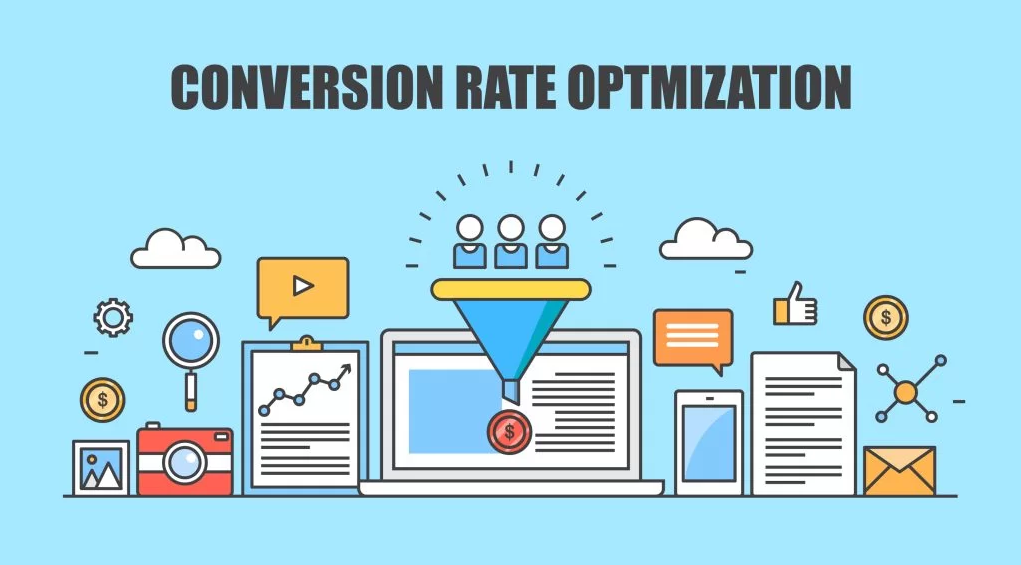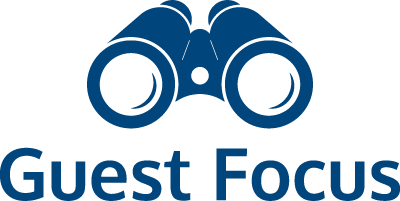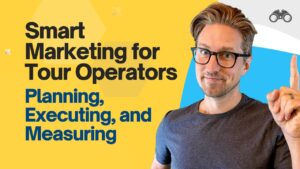Value Stacking with Bonuses and Extras
We’re also going to cover four topics very briefly, but they’re all related to continually improving the conversion rate of your sales pages. They’re chat messaging on your sales pages, shopping cart abandonment, Google Analytics and A/B tests.
Bonuses and extra are things that your potential guests will receive only when they complete the booking process. Ultimately, you’re value stacking. You’re adding things to the initial offer to make it more compelling to your ideal target guests.
These bonuses can take many forms. It could be something as simple as a coupon or voucher for a favorite local restaurant. It might be the fact that you upload photos of your guests afterwards to a shared folder where they can download those images.
Or it might be a guide to the best neighborhoods to visit while at your destination.
It doesn’t ultimately matter the form it takes. It simply must be that the only way for the guest to receive these extras is if they make a booking with you.
Our recommendation is to keep things simple and try to aim for something that can be digitized. A PDF document or something similar that can be sent via a link, and then you can simply include that link in your booking software or confirmation email.
That way it’s running on autopilot and you don’t have to think about it.
We don’t want these bonuses and extras to be nice-to-haves. We want them to be irresistible to your ideal target guests, and so that means having a pretty deep understanding of some of their pain points, frustrations, and dream scenarios, needs, wants, et cetera. Again, that’s where that Guest Deep Dive will continue to deliver value for you.
Next, let’s talk about those four remaining items that aren’t really essential parts of the tour description, but they can help you increase your sales.
Selling More Tours with Chat Widgets
The data is in and these chat widgets can really increase conversion rates. They work because response time means a lot to potential guests. If you send out an inquiry to two or three different tour companies, the ones that respond the fastest tend to get the bookings.
So if you can implement a chat widget on your website, they typically work in two ways. One, you flip it on when somebody is manning the chat. If you’re at your computer, you can turn on the chat so you can directly message back and forth with a potential guest.
Two, when you turn it off (outside of office hours, for example), the chat icon will still be there, but instead it turns into an email inquiry. It still looks like a chat, but it simply says, “Hey, we’re tied up right now.
Enter your question and we’ll get back to you as soon as possible.” The chat widgets are super common across websites, and so many people now expect it when on your tour sales pages.
But let’s not confuse chat bots with the simple direct messaging platforms. We recommend getting started with a free chat plugin, and even if you don’t have anybody who’s going to be responding in real time.
It’s something that’s going to help you increase conversion rates, because prospective guests will see it as a way to get their questions answered.
Shopping Cart Abandonment Loses Sales
Now, depending on which booking software you use, there’s a good chance that they’ll either use shopping cart abandonment or not, depending on their checkout flow.
Some companies prefer not to ask for an email until the last step that makes shopping cart abandonment pretty difficult to implement.
For others like Peak who collect an email address as a first step, you can more easily set up shopping cart abandonment with your booking software.
What it means is if somebody puts in their email but doesn’t ultimately proceed to complete the booking, you can send an automated email potentially even with a coupon or extra incentive to have them finish checking out.
Some companies also install exit intent popups on their tour sales pages. So if someone’s visiting on a desktop and they start to move their mouse cursor up towards the back button or to the menu bar, that popup can trigger and it can have a discount code or extra incentive to stick around and finish making the booking.
Now, because exit intent pop-ups only work on desktop (because there’s no equivalent indication on a mobile phone) they’ve fallen out of fashion, but they can still be pretty effective, especially if a lot of your ideal target guests are booking on desktop computers.
Google Analytics Provides Valuable Insights
Installing and effectively using Google Analytics is a huge topic and beyond the scope of this video. But simply know that if you’re in e-commerce, you’ve got to set up Google Analytics across your whole website.
Running analytics is especially important on your tour sales pages. This is where you’re going to get information about who’s visiting your website, where they’re coming from, and their behavior when they’re on your website.

You can have somebody else set this up for you. In fact, there’s a good chance if you have a website, it’s already set up.
Another great tool is something called HotJar. It allows you to see where website visitors are clicking, where they’re scrolling and where they’re spending most time.
This can provide some really compelling and interesting information as you rearrange these different elements on your sales page.
The goal with tools like Google Analytics and HotJar is to increase and improve your conversion rate over time.
Conversion rate optimization is the process of maximizing the number of bookings made from your website visitors.
A/B Test Your Way to Success
One of the main tools for improving your tour descriptions and improving that conversion rate through time is the last topic for today – A/B testing.
A/B testing is when visitors come to the website, they’re shown one of two versions of the same page. 50% of the traffic goes to version A and 50% of the traffic goes to version B. You then measure different outcomes.
In the case of a tour and activity business, the main thing that we’d be tracking is bookings. So if version A of your tour description leads to more bookings, then ultimately we go with version A.
Now, there’s a couple quick things to know about A/B tests. They’re a little bit complicated to set up, especially if you want to correctly measure the number of bookings that are coming from that particular page because you have to tie in your booking software.
So we recommend getting some help if you want to continually change and iterate using A/B tests. The second thing to keep in mind is something called statistical significance. A safe bet if you’re doing A/B tests yourself is running tests with about 5,000 visitors to each version of the page.
Depending on your size, that might take some time. A/B tests are something that you do over the long haul.
The beauty of conversion rate optimization is that the numbers don’t lie. Use the insights from Google Analytics, HotJar and your A/B tests to guide your decisions on the content of your tour sales pages.
If you’d like help implementing any of these tactics, reach out to us at [email protected].




